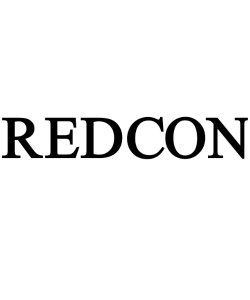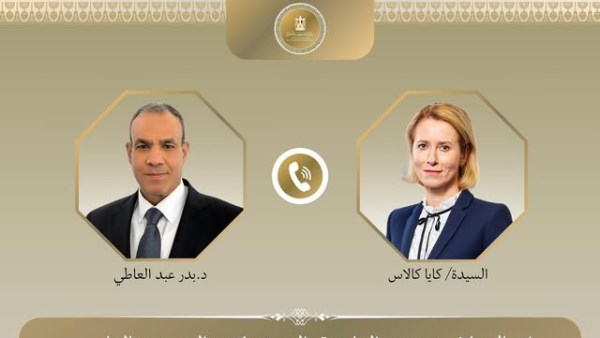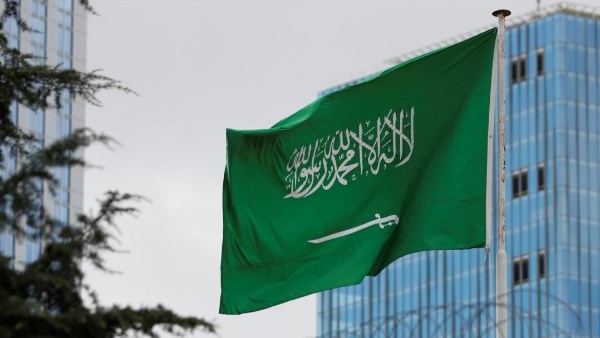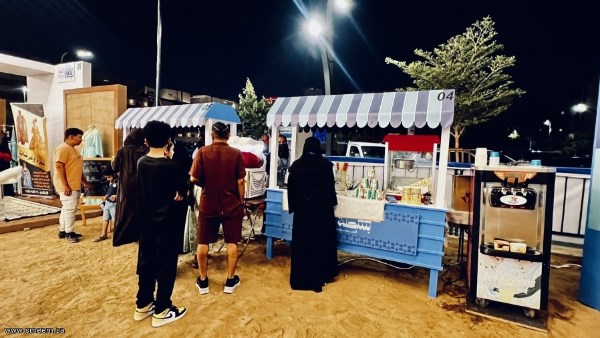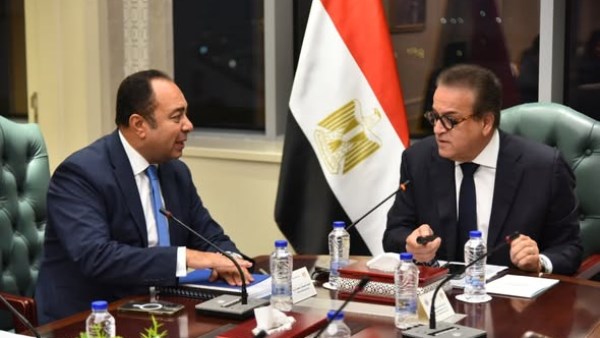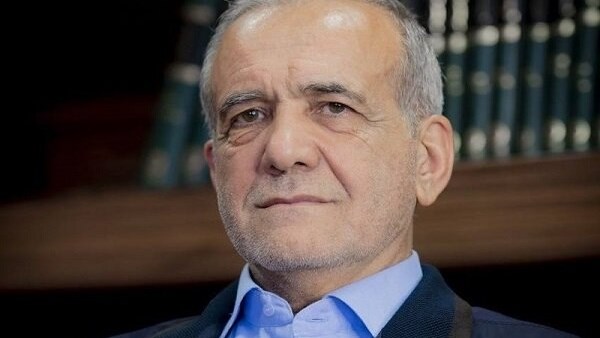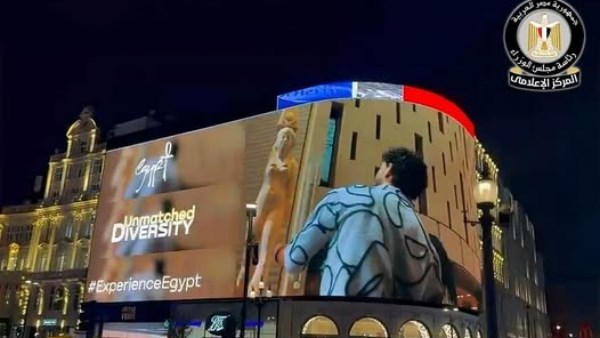
Employees are not convinced anyone is ready to pay for it
Saudi Arabia Neom would never be built, Financial times

The Financial Times published an essay titled “How did Saudi Arabia’s Neom dream collapse?” It examined the physical and financial obstacles hindering the project’s success, despite more than $50 billion already spent in the arid valleys and deserts, leaving behind only trenches and scars. The report indicated that the project requires approximately $4.5 trillion more to come to fruition.
At least $50bn was spent up till now on the project. Nevertheless, the desert is pock-marked with piling, and deep trenches stretch across the landscape. But Prince Mohammed, who chairs Neom, has dramatically scaled back the first phase of the plans. Neom told the FT that The Line remained “a strategic priority” that would ultimately “provide a new blueprint for humanity by changing the way people live”. But they described it as a “multi-generational development of unprecedented scale and complexity”.
Nobody is ready to pay for the project
While Neom employees say that much of The Line might still be technically buildable, they are not convinced anyone is ready to pay for it. Construction work across Neom has slowed, with the desert ski resort Trojena, the intended venue for the 2029 Asian Winter Games, one of the few sites still moving ahead at pace. Neom says that the attention has now moved to “the complex engineering and detailed design work associated with the first phase” of The Line. But one former employee has said that everyone knows the project won’t work; it is now just a matter of letting MBS down gently.
The centrepiece of The Line, a vast, glass-clad linear city in Saudi Arabia, was to be the “hidden marina”. The world’s largest cruise ships would glide through a gate as tall as London’s Shard over a deepwater harbour carved from the desert. Suspended above it, like a chandelier, a 30-storey glass-and-steel building would hang from the arch, a sci-fi vision dreamed up by a Hollywood art director. Even its designers warned that physics might not cooperate.
Beneath the marina, engineers planned a high-speed rail station. Above the chandelier, another flourish: a 45,000-seat football stadium perched 350 metres above sea level, ready for Saudi Arabia’s 2034 World Cup. “This stadium will be like nothing you have ever seen,” Denis Hickey, The Line’s chief development officer, told an audience in Davos earlier this year. “Everyone says: ‘Can you build it?’”
His own team was unsure of the answer. As architects worked through the plans, the chandelier began to seem implausible. One recalled warning Tarek Qaddumi, The Line’s executive director, of the difficulty of suspending a 30-storey building upside down from a bridge hundreds of metres in the air. “You do realise the earth is spinning? And that tall towers sway?” he said. The chandelier, the architect explained, could “start to move like a pendulum”, then “pick up speed”, and eventually “break off”, crashing into the marina below.
The idea came from the prince himself
The idea for the linear city came from the prince himself. The original proposal, developed by Los Angeles architecture firm Morphosis, envisaged a 2km-wide strip of settlements running from the sea to the mountains and connected by rail — a relatively traditional urban plan.
Teams had to tackle the unprecedented design and engineering challenges raised: imagining what life would be like inside a 500 metre-high, 170km-long wall; sourcing the steel and cement that would consume much of global supply; and making water circulate in a manmade deepwater port with no current.
Blocking the migration routes
Some design challenges could not be resolved. The Line would block the migration routes through the mountains for several species of mammal. It also crosses a migratory route used by millions of birds flying south from Europe and Asia to overwinter in Africa, including endangered species such as the greater spotted eagle and European turtle dove. In early 2024, conservation experts named The Line as an “emerging issue of concern for global biodiversity conservation”.
To meet the 2030 deadline, construction work needed to start quickly. Piling began in the spring of 2022, even though detailed design for the actual building had yet to be done. To cope with the uncertainty, the design team maximised the size, making the piles 2.5 to 3 metres in diameter. “Some of these piles are the biggest in the world; they’re absolutely colossal,” said a construction specialist who worked on The Line.
Plans for The Line were being scaled back. Neom’s owner, the Public Investment Fund, the near-$1tn sovereign wealth fund chaired by Prince Mohammed and tasked with spearheading his development plans, was coming under increasing pressure to deliver returns after a years-long spending splurge. In tandem, a mood of realism was taking hold in Riyadh as the government sought to manage its resources as oil prices softened, leading to reprioritisation of its — and the PIF’s — vast financial commitments.
The Line’s 20 modules dropped to 12, then seven, then four. At the end of 2023 it dropped to three. “When it dropped to three,” said the senior construction manager, “those 6,000 piles are no use at all. Not yet. It was a classic result of trying to run before you could walk.”
Yet a “critical mass” of planned inhabitants was also needed to make the project attractive to external investors. This was estimated to be 300,000 and 500,000 people, or seven modules. “As you went below seven, it started becoming ever more difficult to sell it as an investment,” the senior construction manager said. “[That is] why I think it has died . . . it’s just uninvestable.”
Senior executives were constantly asking for more money, but The Line was competing with other Neom projects. Some wealthy Saudi families put modest sums into the project, but the large investments Riyadh hoped to lure from foreign backers never materialised.
At that point, said the senior construction manager, they became convinced that The Line would never be built.





-92025412284476.jpg)
-920252122624392.jpg)


